Remember, remember the Fifth of November,
The Gunpowder Treason and Plot,
I know of no reason
Why the Gunpowder Treason
Should ever be forgot.
If you live in the UK, or possible elsewhere in the world, this weekend you probably had fireworks, bonfires, and sparklers to celebrate the 5th November. This holiday remembers the failed Gunpowder Plot of 1605 where a group of conspirators nearly blew up King James VI of Scotland and I of England and most of Parliament (and with it most of the important members of the aristocracy and nobility). The story of the foiled attempt is well known in popular culture, but who exactly was the infamous Guy Fawkes and what led to his involvement in this plot?
It is believed that Guy Fawkes was born on 13th April 1570 in York, England. He was baptised on 16th April of that year in the church of St Michael le Belfrey, York, which was next to the house he was born in. His parents were Edward Fawkes, a proctor, and Edith. Whilst his parents and his father’s family were part of the Church of England – the official religion of England – his mother’s family were recusant Catholics.
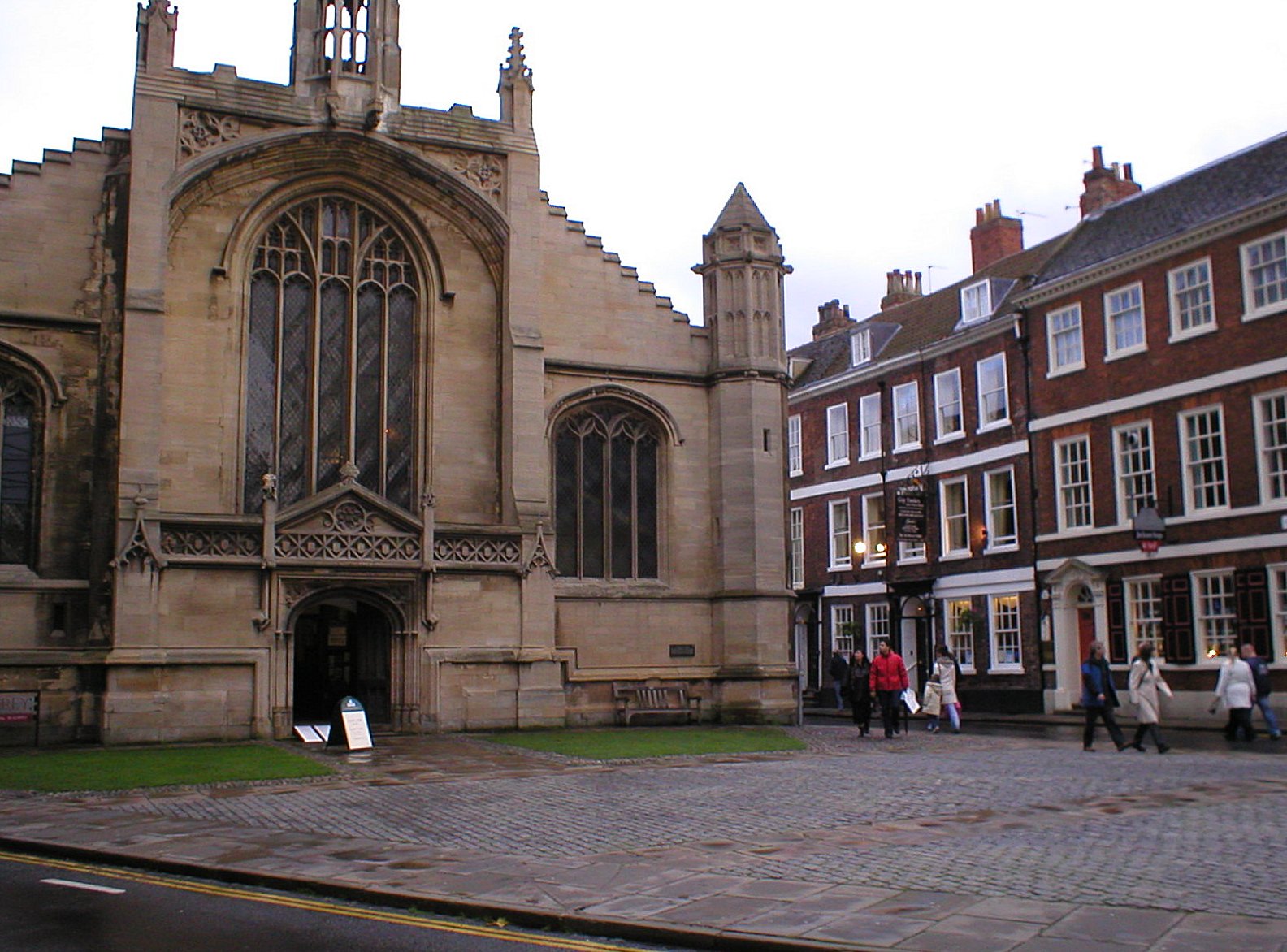
St Michael le Belfrey, York, where Guy Fawkes was baptised. The building with the brown hanging sign to the right is the building where he was born.
During Henry VIII’s reign, the country was moved from Catholicism to the newly formed Church of England. During the reign of Henry’s daughter, Mary, the country was steadfastly returned to Catholicism, but when her sister Elizabeth succeeded her, Protestantism was brought back as the official religion. Elizabeth’s long reign cemented that the Church of England was to emerge as the victorious religion, although there were often leniencies for Catholics who were discreet about their practice.
Guy had three siblings, all sisters, but only two survived childhood. When Guy was 8 years old, his father died, and his mother eventually remarried to Denis Bainbridge who was a Catholic. That Edith’s family were Catholic and her second husband was also, it is likely that her presence at Church of England services during her first marriage was more to keep up appearances than an example of her true leanings.
Guy’s Catholic influences didn’t just come from his family, however. His school – St Peter’s, York – had a Catholic governor who had spent 20 years in prison for his recusancy, and the headmaster, John Pulleyn, also belonged to a notable family of Yorkshire recusants.

St Peter’s School, York, where Guy Fawkes and 2 other members of the Gunpowder Plot went to school.
When Guy was 21 years old, he sold his father’s estate in Clifton, York, and left to fight for Catholic Spain against the Protestant Dutch in the Eighty Years War. This was just a few years after the Spanish Armada, where Catholic Spain attempted to invade England partly for their heresy and partly for their support of the Dutch. As such, his choice of side in this war would have been regarded traitorous for numerous reasons. Guy did well during his time in the Continent; he held a position of command during the Spanish campaign against Calais. He was described as a man of “excellent good natural parts, very resolute and universally learned”. In 1603, when James VI & I took the throne of England, Guy travelled to Spain to seek support for a Catholic rebellion in England.
Upon James’ accession, English Catholics were hopefully that they may gain more generous treatment; James’ mother, Mary Queen of Scots, had been Catholic, and his wife, Anne of Denmark, seems to have discreetly converted to Catholicism at some point. However, their hopes were quickly dashed, and Guy described James as “a heretic”, who intended “to have all of the Papist sect driven out of England”.
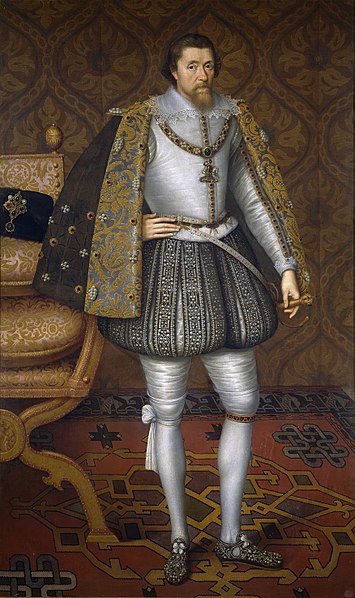

King James and his Catholic wife Anne of Denmark (both painted c. 1605).
It wasn’t long before there were Catholic plots against James’ life, and by 1604, Guy was involved in a group who were making their own plans. The group were led by Robert Catesby, whose parents were prominent recusant Catholics, his father having spent time in prison for it. The discontent, not only of the group, but of the nation, against James was not purely for his strict policies against Catholics, but in the influx of Scottish men to government. The English had a very poor view of the Scottish, and jealousies were always aroused when new men were brought to court to replace old and bring more contenders for jostling for power. James also allowed his Scottish nobles to collect the profits from the recusancy fines levied against deviant Catholics – which, at £5000 p.a., was a significant figure.
The initial plotters were made up of just 3 men, and they were educated men of decent social standing. Thomas Wintour was a competent scholar who could speak several languages, and John Wright was said to be one of the best swordsmen of his day. It was Wintour who recruited Guy Fawkes – John Wright’s brother, Christopher, had been part of the same group as Guy who pleaded for Spanish help in England, and Guy had gone to school with the brothers. Wright’s brother-in-law, Thomas Percy, soon joined the group, taking the numbers up to 5. In the end, there was a total of 13 conspirators.
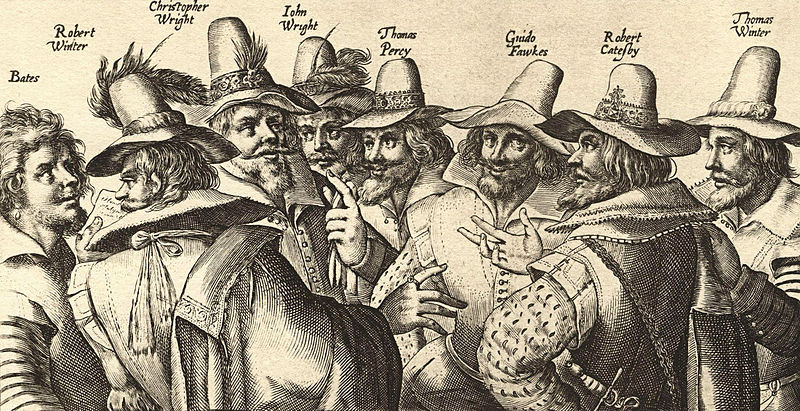
Detail from a contemporary engraving of the Gunpowder Plotters, showing 8 of the 13.
The rest, as they say, is history. The group managed to hire out the Prince’s Chamber, next to the House of Lords, and they also obtained access to the undercroft to the Palace of Westminster. In total, 36 barrels of gunpowder were placed under the Palace – it has been estimated that, with everything working as planned, no one within 330 feet (100 m) of the blast would have survived. However, the conspirators were concerned about the fate of any Catholic members of Parliament, and a letter was sent to Lord Monteagle, warning him to stay away from Parliament. This eventually led to a search of the cellars beneath Parliament, and Guy Fawkes was discovered, along with the gunpowder, in the early hours of the morning of 5th November. Several of the conspirators died before they could be tried, during a stand against the Sheriff of Worcester and his men at Holbeche House, and the surviving 8 were all executed for their crimes.
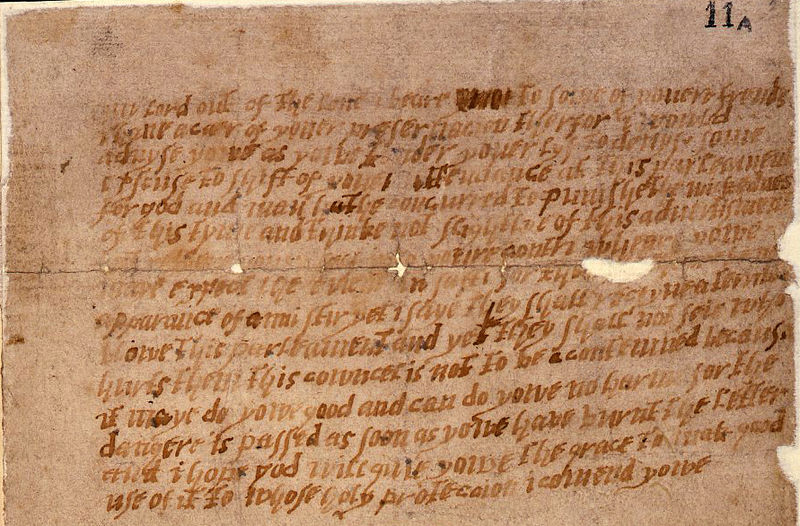
The letter sent to Lord Monteagle a few days before parliament warning him of an attack.
So why is Guy Fawkes so well known, whilst the names of the other conspirators are usually unknown – particularly when Catesby was the ringleader? Put simply, his story is the most evocative. Guy was in charge of all the gunpowder, the key to the plot, and it was he, and he alone, who was discovered hiding in the cellars. The image of Guy hiding amongst all those barrels of gunpowder, only to be discovered in the early hours, certainly conjures a strong picture. It was Guy who was tortured – even though torture was technically illegal by this time – and again, the evocative imagery that is summoned when comparing his signature prior to and post torture captures imagination.
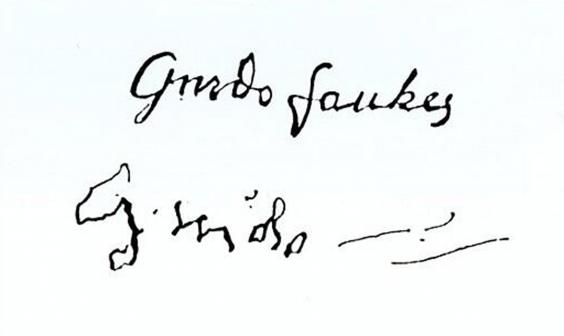
The famous comparison of Guy (or Guido, as he changed it to) Fawkes’ signature before and after the torture he endured.
Had the plan succeeded, and all stages of the plan carried out (which involved placing James’ daughter, Elizabeth, on the throne), then no doubt the names of other conspirators would have been far more well known. As it was foiled, most people are only aware of the initial part of the plan – to blow up the Houses of Parliament and those within it – and as that fell under Guy’s jurisdiction, he gets the credit and infamy.

Enjoying this blog post? Buy me a hot chocolate!
Consider donating the cost of a hot chocolate to me, so I can continue to write and run Just History Posts.
£3.50
The origins of fireworks and bonfires to celebrate the thwarting of the plan is very contemporary to the event – on 5th November, 1605 (so just the next year), Londoners were encouraged to celebrate the King’s escape from assassination by lighting bonfires, and an Act of Parliament designated each 5 November as a day of thanksgiving for “the joyful day of deliverance”, and remained in force until 1859. The accompaniment of fireworks to these bonfires started as early as the 1650s, and the burning of effigies started after 1673.
Just before we end with one full-length version of the 5th November poem, I want to quickly mention that Just History Posts now has a Facebook page! If you want to stay up-to-date with blog posts, and learn other interesting snippets of history or about intriguing objects and buildings from across the world then please give us a like (and even share with friends!)
Remember, remember the Fifth of November,
The Gunpowder Treason and Plot,
I know of no reason
Why the Gunpowder Treason
Should ever be forgot.
Guy Fawkes, Guy Fawkes, t’was his intent
To blow up the King and Parli’ment.
Three-score barrels of powder below,
Poor old England to overthrow;
By God’s providence he was catch’d
With a dark lantern and burning match.
Holla boys, Holla boys, let the bells ring.
Holloa boys, holloa boys, God save the King!
And what should we do with him? Burn him!
Previous Blog Post: Royal People: Jadwiga of Poland
Previous in Seasonal: World Book Day: Millennia of Firsts – a Brief History of the Book
List of Blog Posts: here Blog Homepage: here
Buy my books via the pictures below! Or why not check out our shop?
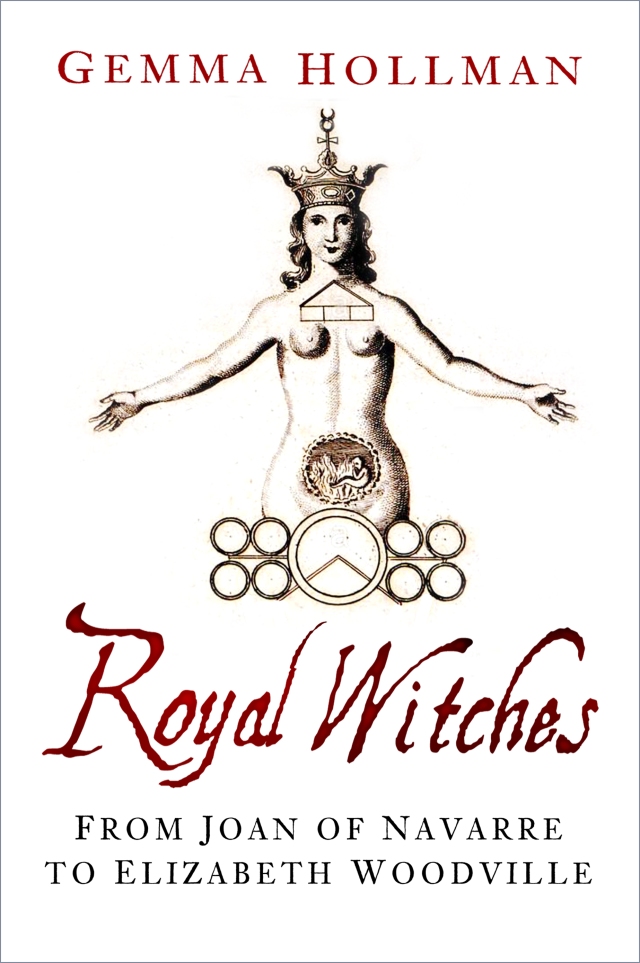
Follow us:
Read more here:
https://treasuryislands.wordpress.com/2013/11/05/origins-remember-remember-the-fifth-of-november/
http://www.telegraph.co.uk/news/0/9-things-never-knew-guy-fawkes/


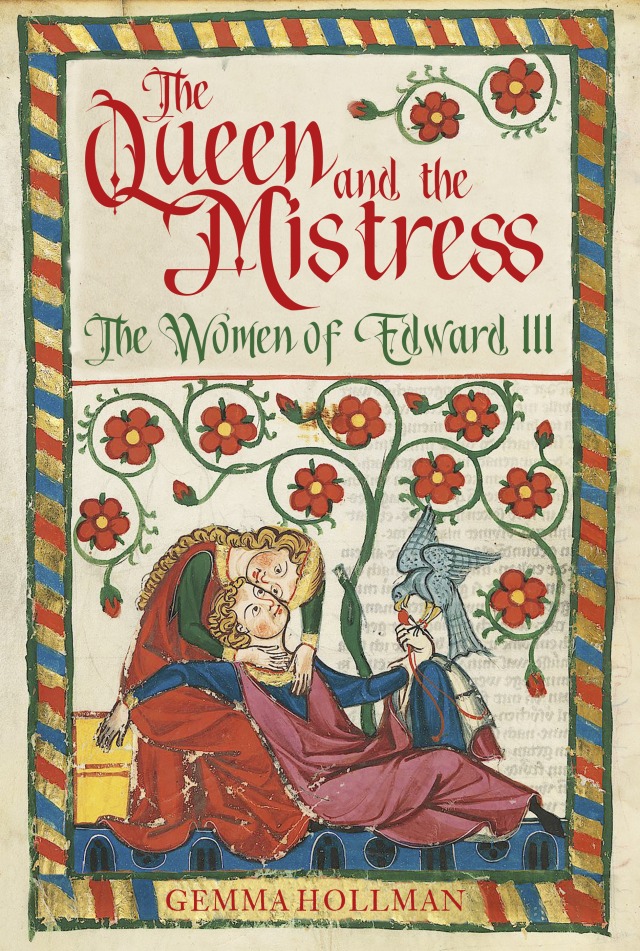



Nice post. It’s a fascinating tale, though people forget that Catesby & Co were terrorists. That said, it wasn’t easy being Catholic in early 17th century Britain! We still don’t know who sent the Monteagle letter – some believe that Robert Cecil was behind it. Small point – 5th November isn’t a holiday in the UK.
LikeLike
Thank you! Indeed, but as with much terrorism, one person’s terrorist is another’s freedom fighter! Yes, you raise an interesting point that many suggest that the whole plot was a conspiracy within a conspiracy – that the entire plot was created by someone (usually Cecil) in government as an excuse to justify harsher persecution of Catholics, and that the plot was never going to succeed. And indeed, in the official sense of the word it isn’t as no time off work etc, but in spirit it is!
LikeLiked by 1 person
Fascinating. I shall share your informative blog with my students.
LikeLike
I’m glad you enjoyed, and thank you that is very kind, I hope they find something of interest to learn!
LikeLike
Reblogged this on Lenora's Culture Center and Foray into History.
LikeLike